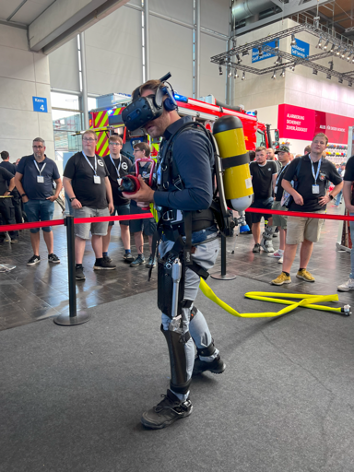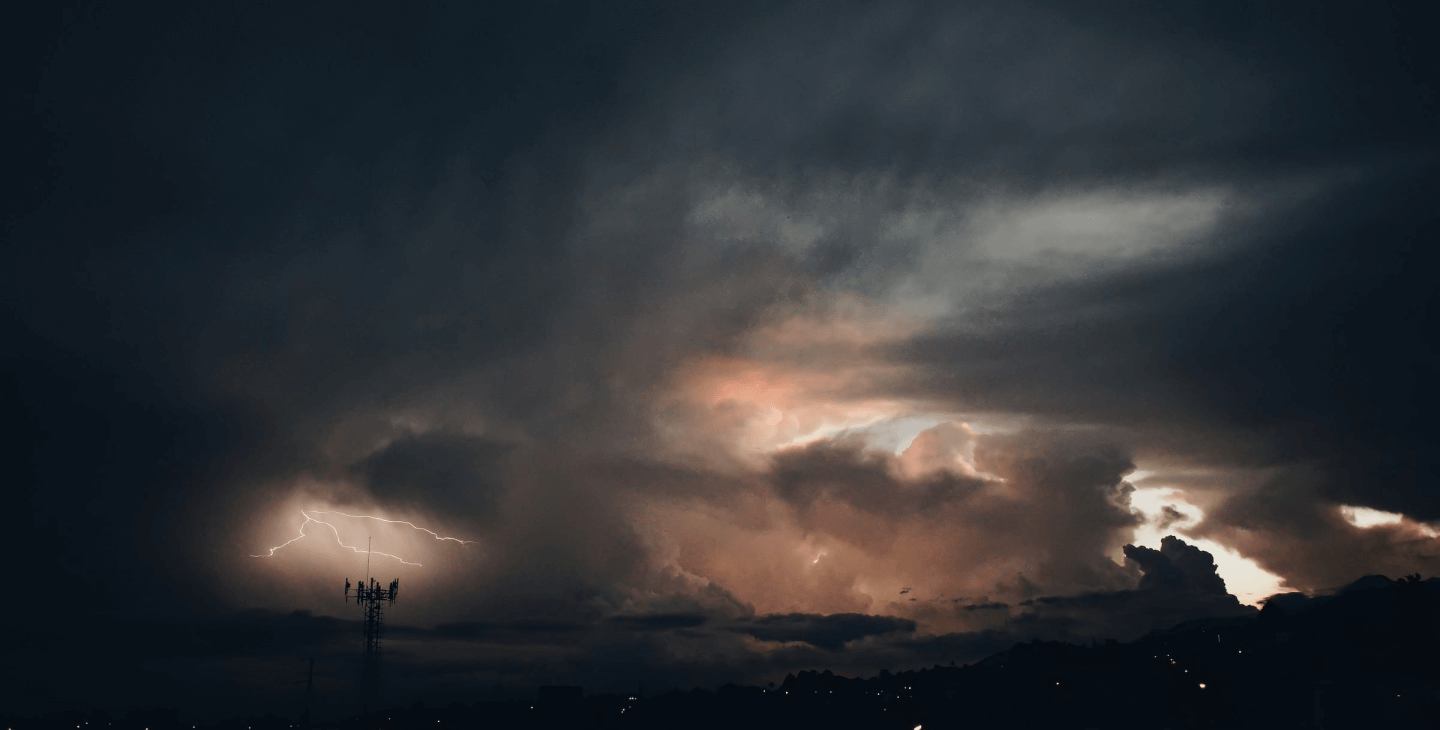Exploring Modern Media Technologies for Disaster and Emergency Management

15 September 2023
Felix Höfer, Head of Coding at Northdocks
Tim Waldron, Project Manager at Northdocks
Since the emergence of the first camera and radio systems over a century ago, media systems have played an essential part in our society. Not only for entertainment purposes, but also for documentation, communication, analysis, and training. Especially during disasters and emergencies, media has become a primary tool transporting information, documenting situations, planning responses, as well as predicting problems and allowing preemptive decision-making.
The spectrum of emergency management media tools spans from basic Cell Broadcast technology for public alerts to sophisticated computer-generated disaster simulations.
With the recent emergence of accessible 3D-scans and Extended Reality (XR), the media toolkit has been expanded by powerful and revolutionary new possibilities. One of the most impressive features of the current generation of media development is that it bypasses the limitations of conventional media formats. In the past, visual media has generally been restricted to a two-dimensional format, that was viewed through the limitations of a rectangular screen. Data and information were accessible, but even the most detailed image could not fully represent the three-dimensional aspect and fidelity of what had been portrayed, or create a feeling of presence, of actually being at the displayed location or object and being able to interact with it naturally.
New XR media formats can be used in a wide variety of ways, but specifically in the areas of training and data visualisation they offer a wide range of benefits.
Virtual Training
While human error is unavoidable, comprehensive training significantly diminishes the risk of man-made accidents and subsequent emergencies. XR technologies can be a valuable training asset in this regard. They allow the creation of immersive learning scenarios, where the user is submerged into a lifelike scenario and has to fulfil certain tasks on a life-sized scale and factoring in realistic environmental conditions. Users can navigate freely and use a natural user interface that allows an intuitive control of the training ecosystem. A notable advantage is that beyond the initial expenses of designing the training setting, subsequent training can be cost-effectively conducted repeatedly in a secure and controlled setting.
XR-training has proven to be an asset in dangerous professions, such as in heavy industry, healthcare, firefighting and the military.
For instance, the Northdocks Firefighter VR training allows firefighters to do rapid training sessions in Virtual Reality, where they must extinguish various types of fires, whilst looking out for environmental dangers. The training sessions can be completed in just 5–10 minutes, requiring only an indoor space of approximately 5x5 feet. They can be performed autonomously without the need for external assistance or supervision. While these training sessions do not serve as a full substitute for real-world experience, they can contribute to developing situational awareness, reinforcing acquired knowledge, and establishing effective routines that can ultimately contribute to saving lives.
Virtual data visualisation
Virtual data visualisation is another aspect of modern media technology and can be used for preventing emergency situations and disasters, as well as to react promptly to ongoing crises.
Core tools include 3D scans that allow high-resolution scanning and mapping of objects at high precision. These objects can range from machine parts to entire buildings or complex environmental structures. Following a successful data scan, the data can be merged into 3D models with diverse applications. One use-case is overlaying the scanned infrastructure with visual overlays and creating a 3D data representation of embedded real-world systems. These data systems can be accessed through displays or experienced in the realm of Virtual Reality.
Another application involves the documentation of changes in environments, buildings, systems, or structures. With a measurement accuracy that can reach industrial grade precision, the generated visual data can be used for precise comparisons and analysis of changing conditions. This can be used for monitoring historical buildings, critical landmarks, or the impact of environmental changes on objects.
A recent incident showcased the potential of this technology. In July 2021 there was a serious chemical accident at a German waste processing plant that led to a high-pressure explosion of chemical tanks containing toxic materials. The blast and resulting fire caused massive destruction on the industrial complex, as well as severe health and safety dangers, including casualties to workers in the proximity. As part of the emergency management, drones and 3D-scanners were deployed to survey the entire accident site once the initial emergency measures had secured the area.
This approach made it possible to precisely assess the scope of the damage and potential dangers. Due to the scans, it was possible to generate a full 3D model of the accident site that served as a comprehensive documentation of the devastation. As the industrial complex had been scanned a few years prior to the incident, it became possible to conduct a direct comparison between the visual data from before and after the accident. This dataset proved instrumental in the subsequent site restoration efforts.
Conclusion
In conclusion, using modern media technologies in handling disasters and emergencies offers significant benefits over conventional media formats. XR and 3D scanning expand the limitations of traditional methods, empowering us to train, visualize, and analyse in ways that were inconceivable just a few years ago. While challenges undoubtedly lie ahead, the current technological progress underscores the importance of embracing innovation to safeguard lives, property, and the well-being of communities worldwide.
Bibliography
[1] Jerald, Jason: The VR-Book – Human-Centered Design for Virtual Reality, [New York]: Association for Computer Machinery/ Morgan & Claypool Publishers, 2016
[2] Ryan, Marie-Laure: Narrative as Virtual Reality: Immersion and Interactivity in Literature and Electronic Media, Baltimore: Johns Hopkins University Press Baltimore, 2001
[3] Steuer, Jonathan: Defining Virtual Reality: Dimensions Determining Telepresence. Journal of Communication. 42, 4 (1992)

